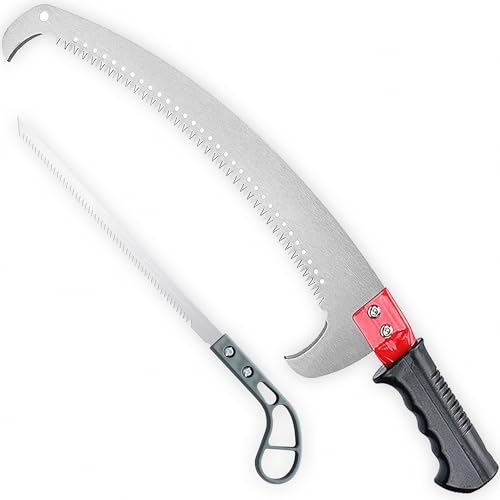And those of you that think spikes are for hacks you are cutting limbs out of a tree if you think that gaff mark is anything compared to that I need to get whatever you are smoking. Or wait let me guess you sanitize your chain and your pruners before every cut. I have been up a ton of trees that have been climbed with hooks many times before and they are still standing, bark has a little scar on it but don't look nothing like where a limb was removed.
This is another thread in and of it's self. Actually there are probably at least a dozen here already. It is difficult to respond to a subject that should be a lecture of somewhere around an hour.
The difference between the two types of wounds depends on how the tree worker makes them, and the nature of how wood responds to that wounding.
Let's start with the CODIT model. It is reaction to the wounding in 3 dimensions, plus time which is the new growth. So the loss of storage and conductive tissue does not stop with the immediate wound, but goes on to the reaction zones that make up the CODIT model. This is the discolored wood we see when cutting around old wounds.
CODIT is not active decay, but the responses to wounding and pathogenic activity. So every wound will disrupt the storage and translocation ability in the tree.
A tree with good vigor and vitality (two different measures of health, one being more genetic, the other situational) can tolerate aggressive treatments that will cause stressed trees to decline.
Trees "try" to compartmentalize the wound, but pathogens will always "try" to defeat that process. Natural selection, survival of the fittest, the strong survive longer then the weak to produce better offspring...
The biggest problem with gaffing and CODIT is that "wall 1" is the trees ability to close off it's own vascular system, which makes it the weakest wall of all 4. (new growth is the strongest, which is why we find strong hollow older trees)
With wall 1 being weaker, the reaction zones can coalesce from gaff wound to gaff wound up the trunk.
One thing I think we all agree on is that all wounding is bad for a tree in the short term. Pruning is wounding, but if employed with judgment and knowledge for the species growth habits, pruning can help a tree live longer in a landscape.
If most of what you do is cut big limbs off of the trunk, then one can argue that the stresses on the tree are similar. Large wounds without any green mass near by will probably never close, will surely decay, and often will have dieback of cambium under the wound from the lack sufficient supportive chloroplast. (normally I would say dynamic mass here, but then I would have to define dynamic and static mass in a paragraph above somewhere...Are you with me here monk, or did you stop reading after the first few sentences?)
We've all seen the big wounds with asymetrical wound wood, because the top gets the carbs from the green mass above and very little gets to the bottom of the wound. Even if proper Natural Target Pruning techniques are used, large limb removal can create hazards of decay and root dieback in the long term.
If the arborist is using the his knowledge and judgment while working, does not flush cut, tries to make all wounds as small as possible, then the physiology of the tree can adapt to the loss of the limb and subsequent wounding.
Small wounds, with nearby green mass will close up and allow the branch protection zone to wall off the connected trunk/stem wood. As another aside, groups of small proper cuts, and cause failure in the Compartmentalization process because the cambium looses the nearby transport system and cannot close the wounds up. This causes a coalescence of the wounds and often a large canker.
I'll go back to the recent threads with Jon and Jim. Wounding causes stress in the tree, landscape trees are usually stressed to begin with.
SO to once again sum it up, excessive wounding of a tree is not good tree care, that is indiscriminate wood cutting. If we are doing tree care, then we should care about what could happen to that tree.
Yes there are always exceptions to the rule, but a good practitioner of tree care should actually care about the property they are maintaining.
As Jim said, gaffing is not good for the tree. So I ask, if it is not good for the tree you are being paid to care for, why treat it in that fashion. Just because it is easier?
Lastly, I've tried to lump a lot of ideas into a short space, so if anyone whats to elaborate on a point, or ask a question on it, lets break them off into new threads.
























































